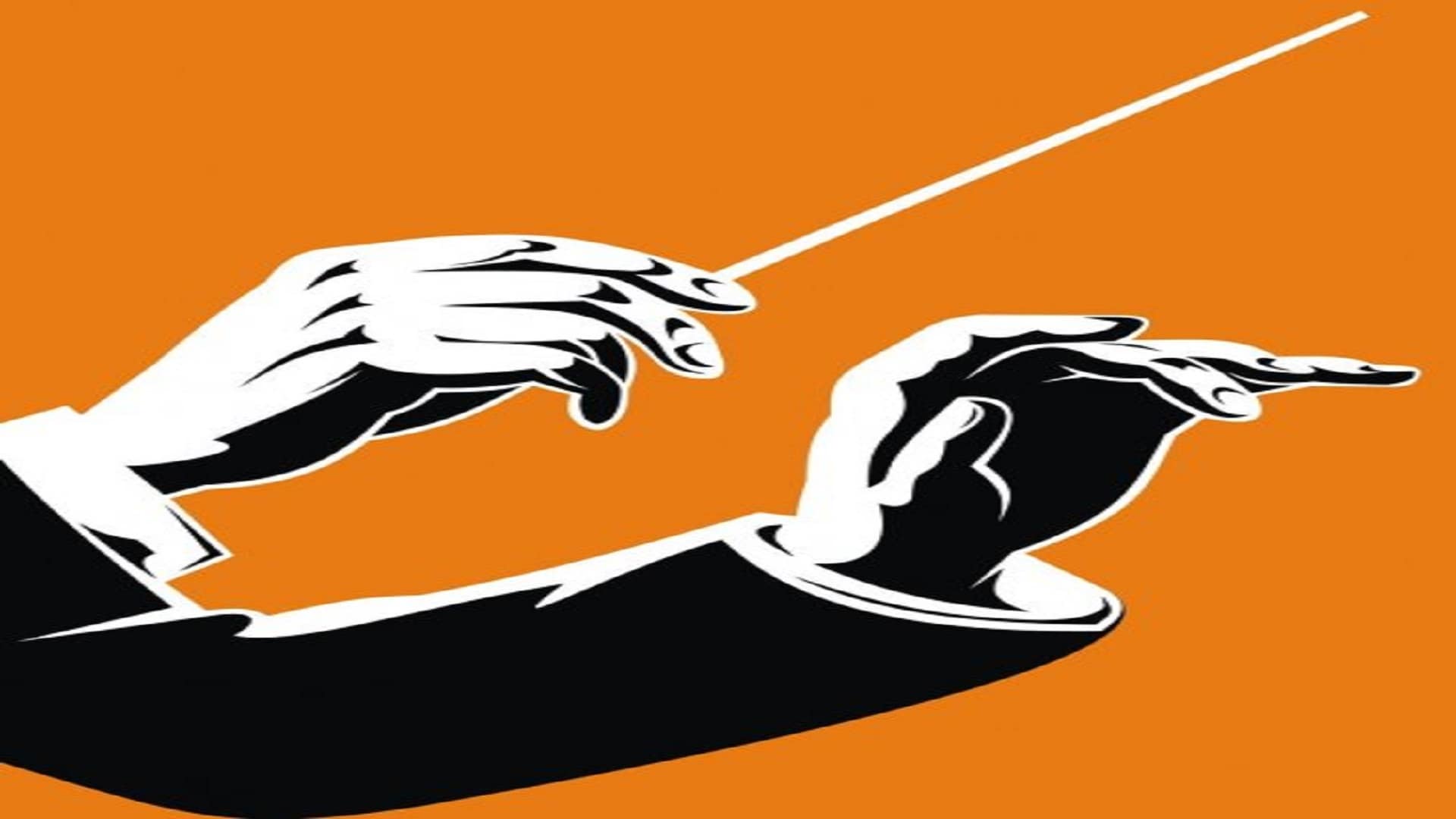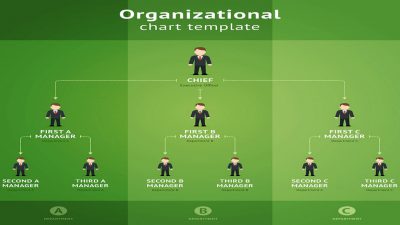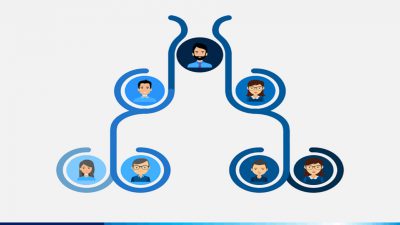Facilitators aim at guiding the people in the company and help the groups to reach a specific decision, plan or outcome. In fact, a facilitator tries to create the conditions and atmosphere in which all the group members can participate in a project or decision-making, agree with it, and have commitment to it, and finally do their best to achieve it.
Thus, it can be summarized that a facilitator is not really a leader, but a guide and a consultant who strives to facilitate the achievement of the ultimate goal, i.e. decision-making, planning, or productive collaboration, by guiding and supervising relationships and resolving differences among people.
Read More: Team building tips in startups
Facilitation is a strategy that many companies and organizations employ because it increases efficiency, resolves internal tensions and conflicts, improves teamwork, etc.but what is facilitation?
Table of Contents
what is facilitation in business?
In any business, managers benefit from facilitation to build teams and leaders. The main purpose of facilitators is to make group meetings and planning sessions more productive. This is done by improving relationships between people, sharing opinions, doing tasks better, and ultimately advancing the process. From the company managers’ perspective, the ultimate result will be the reduction of costs and expenses. Facilitators not only control the communication and internal processes of each group, but can also greatly resolve disagreements and problems that arise among employees and managers.
Facilitation can be done through individual meetings or group meetings with the presence of all members.
Having several important characteristics, a good facilitator:
- is able to control the group well and direct the interactions.
- listens carefully to what people are saying.
- has good speaking skills and is able to communicate well with others.
- has a creative mind and is able to think outside the box.
- sympathize with others.
- know the group structure well and exerts good control over the ongoing processes.
- has time management.
- is able to pursue a topic in a focused manner.
Facilitators can be people from the company or they can be employed as outsider experts. Ideally, the facilitator should be able to use a variety of methods to gradually implement decisions, plans, and changes, and direct group meetings toward the right orientation.
The facilitator’s duties are further summarized in the following items:
- Presenting content and arranging information and interpreting it so that it is easily understood by all group members.
- Creating the right structure for meetings, group activities, and practices with the ultimate goal of moving faster and more effectively toward the mission completion.
- Encouraging all people to participate in the group to provide possible questions and solutions and ultimately create a common mindset and purpose for all group members.
- Dividing the tasks regarding the decisions and projects presented in the meetings and following up their implementation.
Many groups in companies and organizations have no leaders to guide and proceed their tasks and goals. These groups have difficulty managing discussions and affairs, maintaining the focus of meetings, and productivity. This is exactly the weakness that a facilitator is trying to make up for.
Facilitation in order to ignite competition
One of the most common problems hindering an increase of teamwork efficiency is the kind of relationships among people, resulting in the creation and intensification of differences and incompatibility. When such an atmosphere is dominant in a group, the members lose the power of effective communication with each other and the forward movement is blocked. The facilitator’s job is to manage the situation through meetings and other methods, bring the interaction between the members of the group back to normal, control the flow of the meetings, and to teach the team members how to effectively interact with each other and stay connected and strive for a common goal without futile competitive interaction.
Facilitators try to use a variety of techniques
Facilitators try to use a variety of techniques to manage the flow of meetings and encourage everyone in the group to participate and be active.
Toxic nonverbal cues
A large part of our messages are transmitted to each other non-verbally and only through body language. Raising eyebrows, hand gestures, facial expressions, etc. all convey messages. That is, the facilitator, with the help of subtle gestures, can interrupt one person without being disrespectful or unpleasant, or encourage the other person to speak and comment.
Asking questions
Sometimes the facilitator needs to ask one of the group members to summarize what they have received so far from the topic and discussions at hand and share their ideas and opinions with others. This engages the individual and allows others to look at the issue from his perspective. In addition, this action usually removes marginal and minor discussions and re-introduces the main issue, and helps the discussion to continue around the main topic.
Direct intervention and control
The facilitator can encourage people to be more active in the group or to end their conversation in a neutral, objective or preferably positive tone, away from any sarcasm or negative feelings. In general, this is a more direct way to guide individuals and groups in situations where the use of gestures and body language has not worked well. Of course, more attention should be paid to direct methods and intervention, as it can embarrass a person who has not received the subtle hints and is unaware of his behavior for any reason.
Group signals
Some rules, and regulations can be set by agreement of the group members to have more effective discussions. The simplest example is raising one’s hand before speaking, announcing others that there is something to say or do without creating chaos. The facilitator can create these cues for more effective communication in meetings, which is especially effective in longer meetings and more important and complex discussions. These culture and signals can be used even when the facilitator is not accompanying the group.
Individual facilitation
Facilitation can also be done at an individual level. This is usually done to solve a problem between two people in a group who may be both employees or one of them can be from the management team. Individual facilitation is carried out to resolve disagreements, set common goals, clarify issues on topics, processes or transfer experiences. In this case, the facilitator will provide a clear structure, content, and process with which both parties are relatively satisfied.
Whether done individually or in groups, facilitation is beneficial to any organization or company. However, most organizations do not pay much attention to this issue. For this reason, people who do not have these skills are usually in charge of the group, or the capable and skilled group leader does not receive the necessary support or permission to do so. The result is nothing but increased differences, reduced productivity, and unnecessary complication of group activities: all the issues that no company or organization is looking for!
Who We Are:









